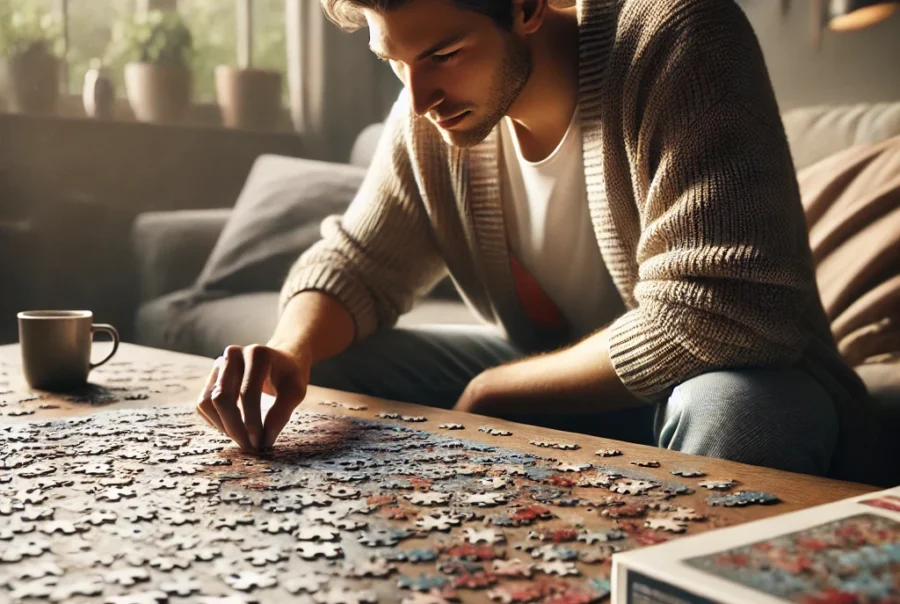There is no one-size-fits-all treatment of cannabis use disorder (CUD), the proper medical term used to describe marijuana addiction or dependence, and heavy marijuana users won’t necessarily have the same response to the same treatment approach.
Fortunately, there are many strategies for helping chronic marijuana users quit or cut down, ranging from self-made lifestyle changes to in-person therapy. Depending on the severity of your addiction and the potential for severe withdrawal, some people may benefit from more intensive therapy.

In contrast to other substances like alcohol, stopping marijuana too abruptly is rarely life-threatening. Withdrawal symptoms can be challenging, but do not pose any long-term dangers to your health. This means that, for people with mild to moderate addiction, it may be possible to wean your marijuana use without the supervision of a doctor or therapist. Defining your personal treatment goals, treatment timeline, and coping strategies are important aspects of formulating a good self-directed treatment.
If you choose to go the self-directed treatment route, you’ll quickly find that lifestyle modifications are the best way to stay abstinent. Coping strategies, distractions, and healthy daily routines are going to be your fortress against temptation. Go on a run with a friend or join an exercise class. Find other creative outlets for stress reduction, or perhaps practicing mindfulness techniques like meditation or prayer whenever you feel tempted to use.
Note: while ‘self-directed’ treatment may sound like you’re going about it alone, that isn’t, and shouldn’t be, the case. Although it may not seem like it right now, you are surrounded by people who are cheering you on. If you aren’t, though, and your current crowd is normalizing a behavior that you want to eliminate, it might be a good idea to look elsewhere—your family, other friends, even third-parties—for support. Because, in the end, self-directed treatment works best for people who have a strong network of family and friends.
Having this additional support helps you keep yourself accountable to treatment goals and can be a source of emotional comfort when the recovery process is tough. For more information on how to get started, check out The Weedless Guide.
Need help?
Contact SAMHSA’s National Helpline: 1-800-662-HELP (4357)
SAMHSA’s National Helpline is a free, confidential, 24/7, 365-day-a-year treatment referral and information service (in English and Spanish) for individuals and families facing mental and/or substance use disorders.
Important Disclaimer: The content on this website is not intended to be a substitute for professional medical advice, diagnosis, or treatment. Always consult with a qualified physician or other medical care provider.
About Weedless.org
Weedless.org is a free, web-based resource and community created by a team of healthcare professionals and researchers. We distill the facts about marijuana use and its effects into practical guidance for interested persons or for those who are thinking about or struggling to quit weed. Finding reliable, easy to understand information about marijuana should never be a struggle—that is why our core mission is to provide the most up to date information about marijuana use, abuse, addiction, and withdrawal. While we seek to empower individuals to have control over their use, we are not “anti-weed” and we support efforts to legalize adult marijuana use and study.